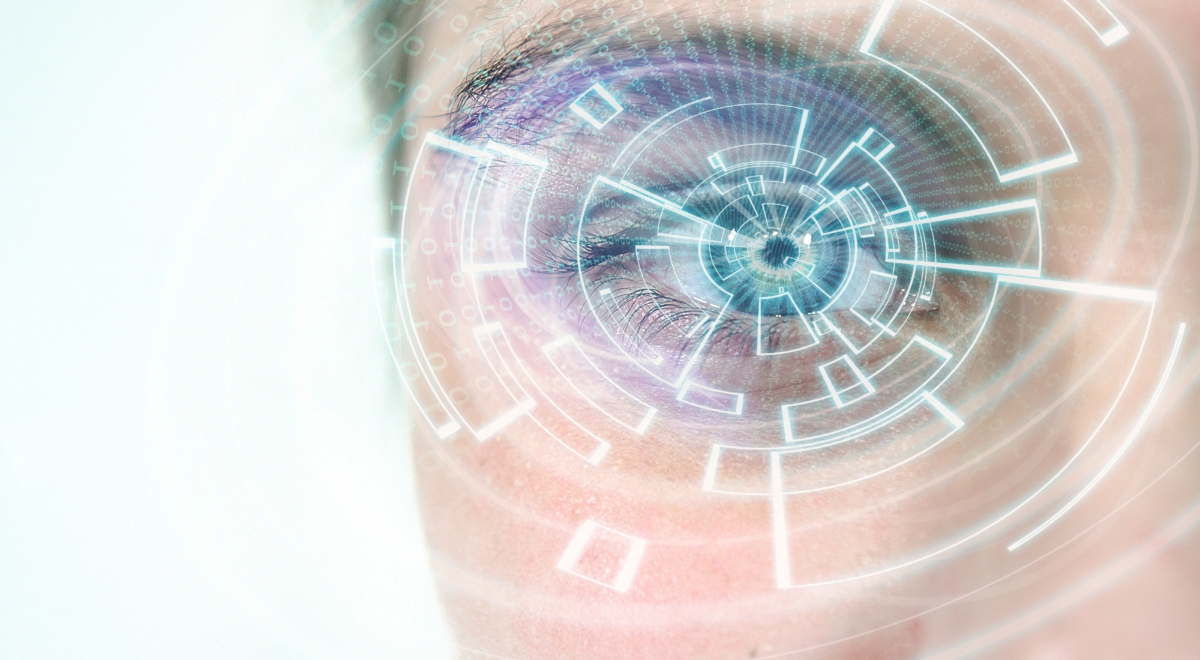Rise of the Machine 2.0: Security After the Internet of Things

We are in a dawn of a new era of the relationship between creator and creation. A rise of robotics is vying for the role of replacements for human capital. New industries are demanding new intelligence, and the possibilities are endless given the speed of technological growth. With that opportunity comes increasingly complex and wide-ranging risks that must be addressed today to ensure a continued advancement toward a safe, secure, and prosperous future.
Our state of hyper-connectivity is in crescendo. We are in the midst of a cyber-evolution in which the Internet has become a “sixth sense” for businesses and individuals. Tools like connected cards, connected cars and wearables are becoming ever more available, affordable and commonplace. With that adoption, we’re actively demonstrating a willingness to trade security and privacy for connectivity and a constant stream of data.
Rise of The Internet of People
Humans are set to become an integrated part of the enterprise. The Internet of Things (IoT) is giving rise to the Internet of People (IoP). The role of the human in the IoT is only going to grow less compartmentalized and more critical as we begin to merge technology directly into people. The human and the machine will become one entity, part of a global enterprise, requiring a completely new perspective on security and risk management.
We’re on the cusp of entering the age of bio-digital convergence. The marriage of human and machine will drive unpreceded access to powerful new insights into our movements, thoughts, and evolutions. For this awareness and access, we are accepting a whole new aspect of risk. The data flow is constant, reliant on the functionality and security of the device, and requires the user to take responsibility for protecting access to their personal information. As Dr. Vint Cerf so plainly states, “You can see how this information is simultaneously beneficial and hazardous.”
Toffler Associates recently explored the way that the level and speed of connectivity is impacting our security and the challenges associated with a decreased focus on the human aspect of security. We know that we’re not yet able to build computer systems that are impenetrable. We know that people are preternaturally inclined to circumvent and deviate from security measures, especially if the measures seem inconvenient. What are the implications for organizations and individuals when the human and the machines are no longer independent entities? What happens when viruses can jump from human to machines or vice versa? What does cybersecurity look like when carbon and silicon networks are integrated?
It requires vision and courage to acknowledge that if we become the system, we risk introducing stress, both through human noncompliance and technological imperfection. In doing so, we potentially expose ourselves to unprecedented levels of damage. Empirically, we understand there are risks and compromises to innovation. As we enter into an age of bio-digital convergence, it’s crucial to decide whether we’re willing to slow progress enough to understand, plan for and adapt to the implications, both the risks and opportunities.
There’s enormous value in taking every measure necessary to ensure the safety and security of the technology we are combining within people. Perhaps more than almost any other technological innovation, the IoP represents a new wave of progress for humanity. Already, we’re learning about cochlear implants giving people the ability to hear, or upstart innovators like Aipoly creating artificial intelligence that helps the visually impaired to compensate for their lack of vision. IoP is not (just) the stuff of some far out dystopian nightmare or sci-fi fantasy.
Provided that we build a strong enough frame, we can take humanity and our world to the next level of productivity, strength, health and connectivity. By seeking to understand, thinking outside the box and creating space for innovation, we can understand and plan to get ahead of the risk, enabling organizations to proactively adapt, remaining agile and resilient.
We’ve passed the point of seeking to understand, embrace and empower technology. We’re integrating it into every corner and function of our lives. To protect its positive impact, we need the ability to understand data and security at the nexus between human and machine.
With focus, investment and innovation around the new shape of security, we can build a sound foundation for a successful and secure bio-digital reality. Toffler Associates thrives on new ideas. We’re at work developing a wider and clearer understanding of risk, and helping innovators to plan for and design solutions on the front end of creation.
There’s never been more or better opportunity to lean forward.


 About the Authors
About the Authors